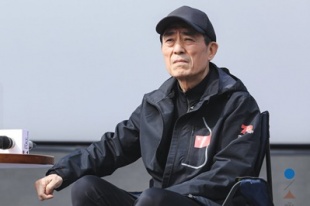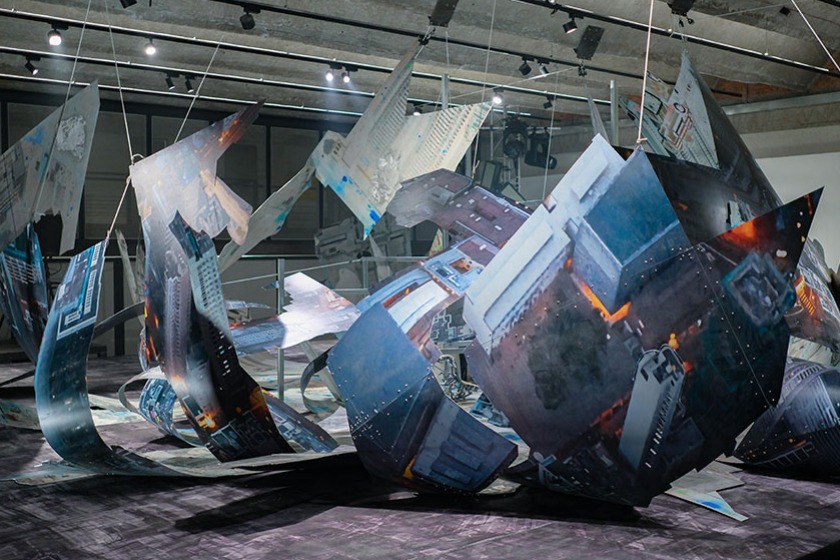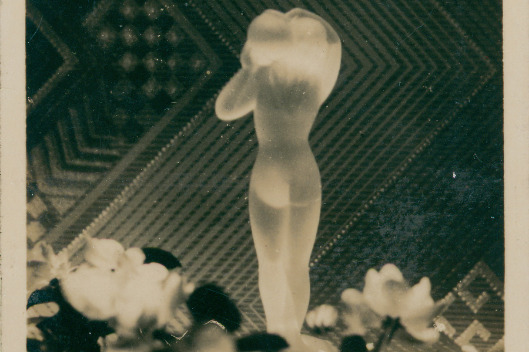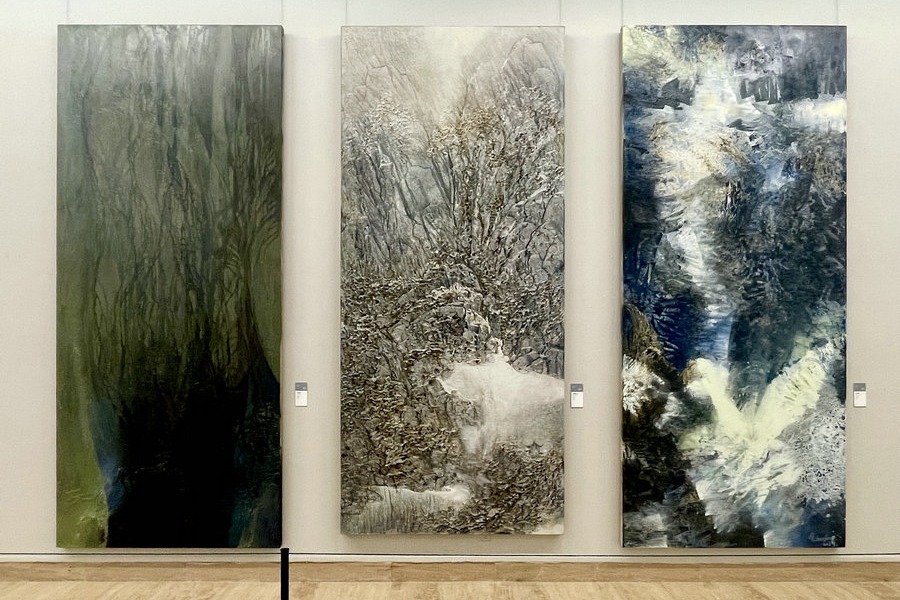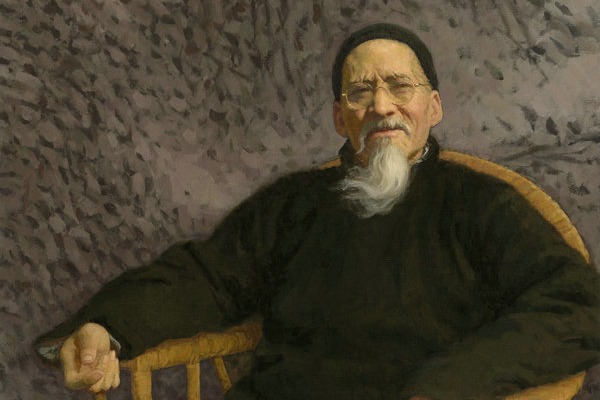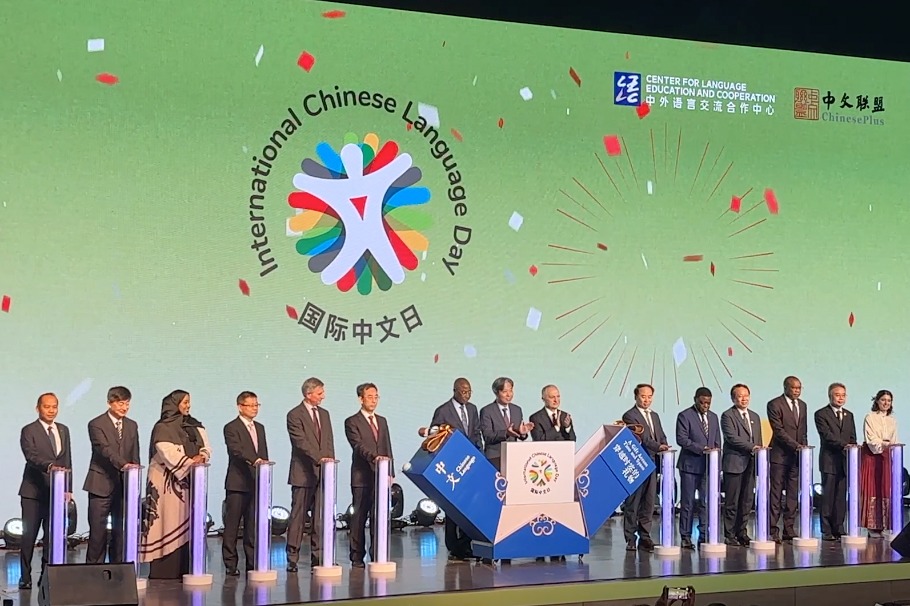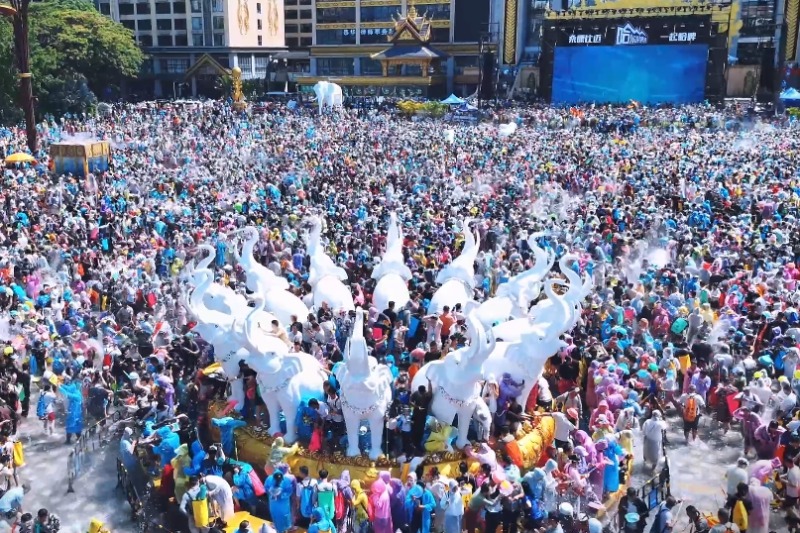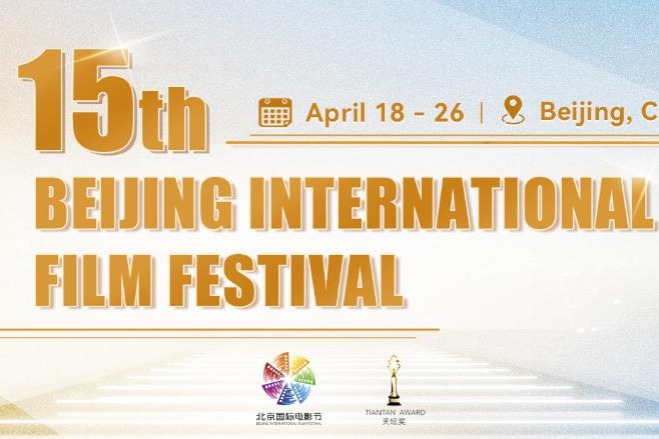Small and significant

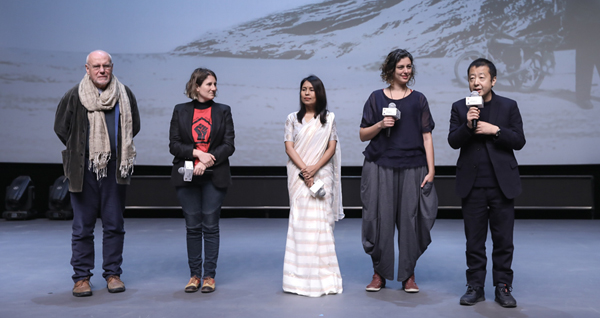
"We decided at the very beginning that it should be a small-scale yet high-quality and easygoing festival, which mostly screens non-Western films, such as those from Eastern Europe, South America, Asia and Africa," notes the auteur, who is perhaps best known for specializing in arthouse movies.
He explains that such films-rarely seen in Chinese mainland theaters-make up an important part of the modern cinema landscape, displaying a diversity of culture.
"That's what I really like to see-people from different backgrounds, who love cinema, encountering each other on their way to theaters; the viewing rooms are filled with a diverse audience, and the atmosphere is quiet and comfortable," says Jia.
All of the activities, ranging from the film screenings to master classes, are all held at Pingyao Festival Palace, a diesel factory-turned-entertainment complex located in the northwestern corner of the Ancient City of Pingyao, a UNESCO world heritage site.
Unlike many of the bigger festivals, which are studded with box-office stars, the Pingyao festival is more like a carnival that gathers together filmmakers and ordinary fans.
When esteemed director Zhang Yimou held a master class on Oct 11, avid fans started to wait in lines since 5 am, a full five hours before the event was due to start, forcing organizers to change the original 500-seat hall to an open-air theater which can accommodate 1,500 people.
Zhang's directorial debut, Red Sorghum, a Golden Bear winner at the 1988 Berlin International Film Festival, was filmed at the Qiao Family Compound, a historic attraction located about 40-minutes drive from Pingyao.


